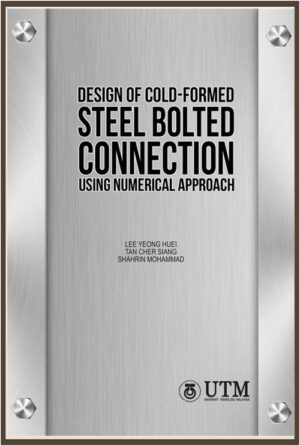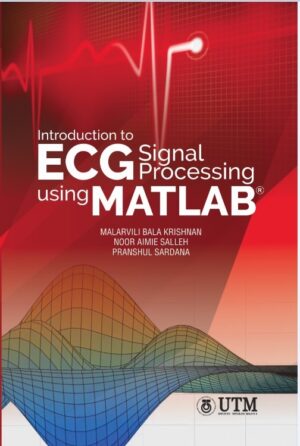Description
Sustainable mobility is a common term used for electric automobile applications involving dynamic charging mode instead of conventional stationary charging when vehicle remains static (Bi et al., 2016). There are compromises in assessing sustainability since reduction of battery size and weight as well as fuel economy enhancement comes with deployment of massive wireless charging infrastructure. Similarly, for low power wireless energy transfer (WET) applications namely wireless charging for consumer electronics and biomedical implants, there is a trade-off in achieving sustainable power transfer efficiency (PTE) between advantages of random receiver’s positioning as opposed to considerable size of transmitter and receiver apart from other pertinent supplementary intermediate elements.
This gives rise to an indispensable consideration in developing a pair of non-radiative inductive Printed Spiral Coils (PSC) with regards to sustaining PTE over various positions and downsizing overall size requirements of both transmitting and receiving PSCs. Etched on a substrate, conventional PSC is constructed based on homogenous distribution of conductor’s width and spacing between conductive traces. Variable spacing between turns reported in (Sharma et al., 2013b), (Akaa Agbaeze Eteng, Abdul Rahim, Leow, et al., 2016) yield significant implications towards PTE enhancement at fixed transfer distance. This book describes the application of meticulous geometrical layout manipulation resulting in inhomogeneous conductor’s width and spacing between turns of compact PSC structure for both external and synthesized capacitive compensationnetwork (CCN) towards conservation of PTE.





